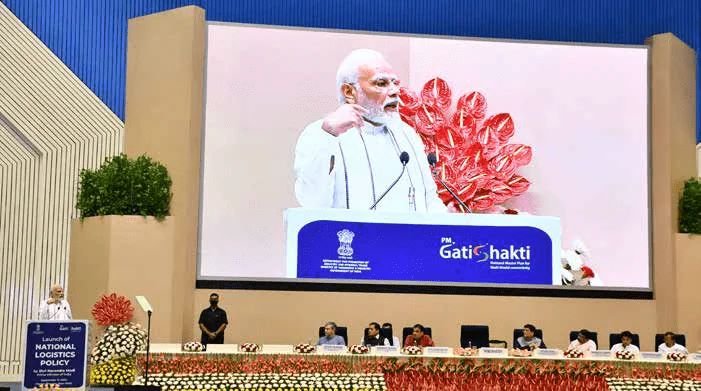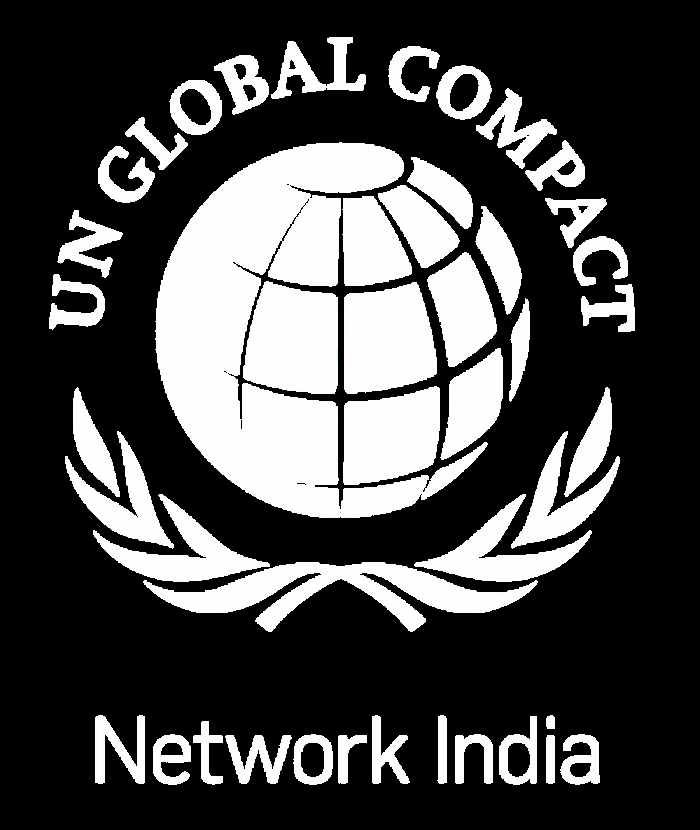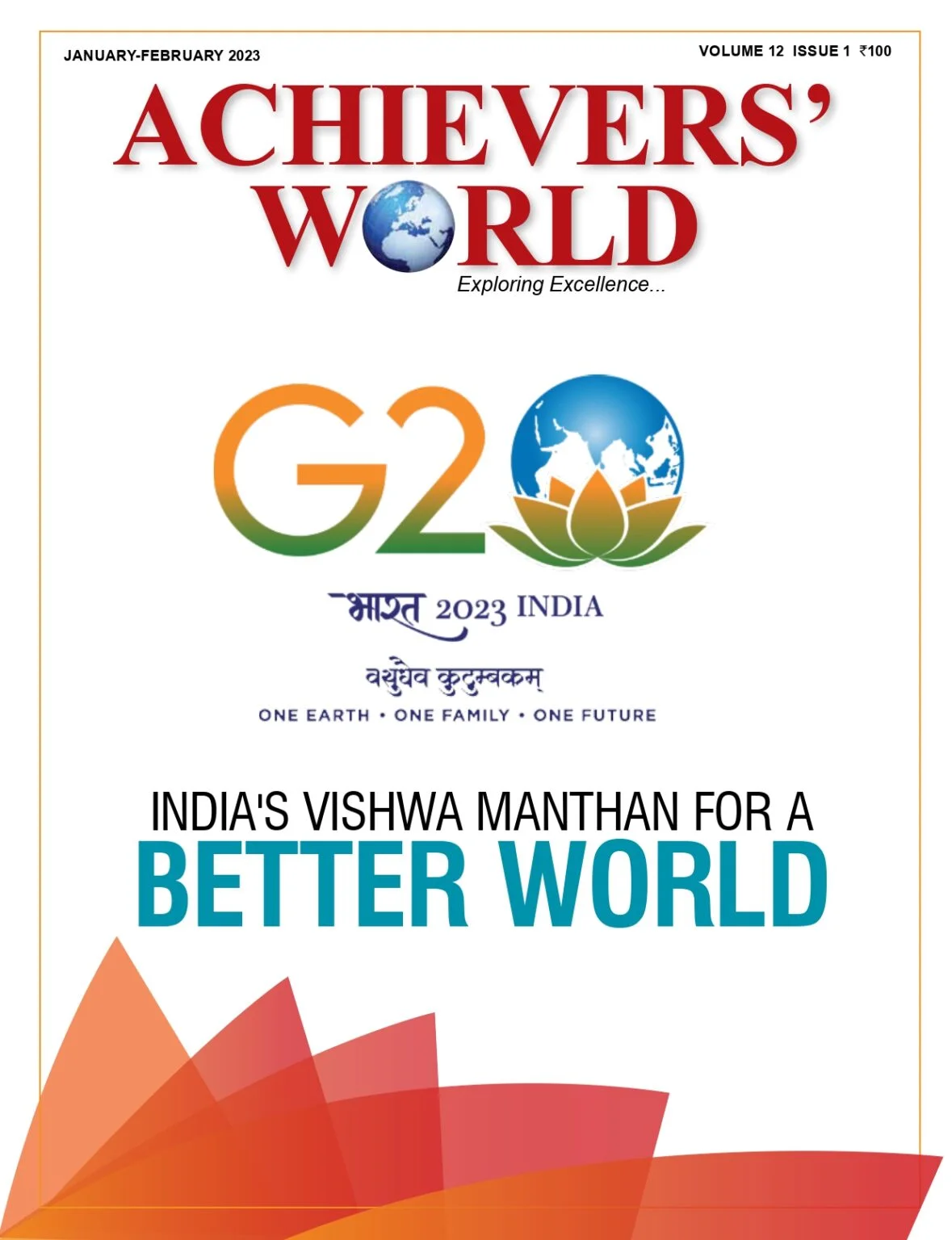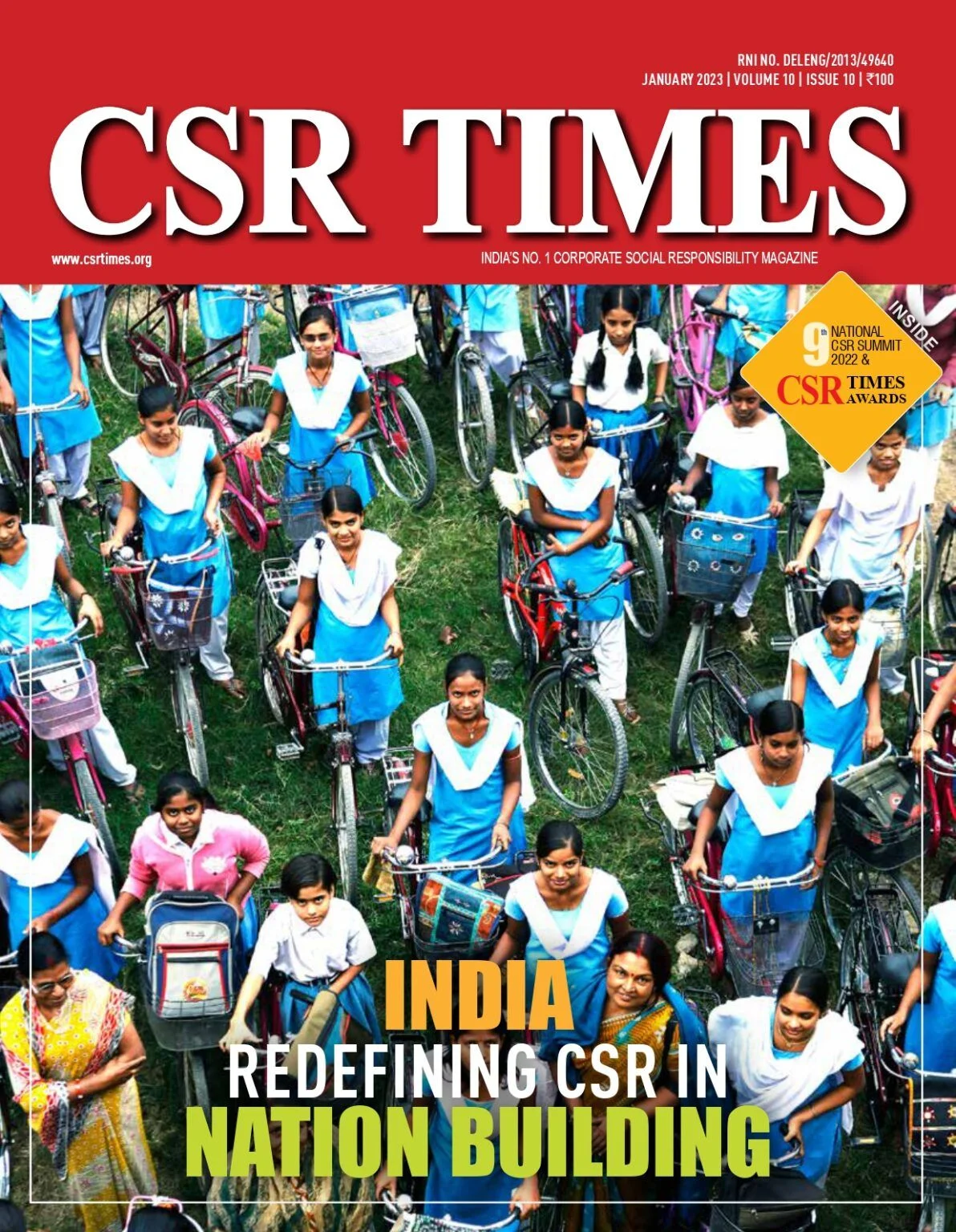
A Comprehensive and synergetic whole of Government effort is planned to ensure that the problems facing the logistics ecosystem are viewed in their entirety and solved with an end-to-end perspective to capitalize on the massive infrastructure investments already made and further planned.
Prime Minister Narendra Modi recently launched the National Logistics Policy, yet another important step towards becoming a developed nation with the National Logistics Policy. India is emerging as a world manufacturing hub, and the logistics Policy would act as a driving and guiding force. India is confident that drone technology will emerge as an important aspect of the transport and Logistics sector, especially in remote areas. The Prime Minister also pointed out that India must bring the logistics cost from 13 per cent to a single-digit number as soon as possible. COVID-19 has displayed the strength of India’s logistics sector in front of the world. Despite many improvements, the government was aware of the limited scope for growth without concrete reforms in the Logistics sector. The key issues affecting the overall performance included gaps in infrastructure which had so far been developed on a sectoral basis, a varied and silo-based legal and regulatory environment, disjointed IT systems, overdependence on road transport, suboptimal use of existing infrastructure due to suboptimal sharing of capacities, lack of skilled workforce, low predictability and visibility in supply chains resulting in heavier than necessary inventory costs and so on. With logistics costs in the country still high (13% of GDP compared to single-digit levels in developed countries), integrated development of the logistics sector was identified as a key area of reform. To achieve this, building a single government institution would oversee and coordinate with multiple and fragmented stakeholders across union governments and states was necessary. It would help develop the logistics sector into a strength for the economy by bringing down logistics costs. This offered huge scope for improvement in the competitiveness of supply chains in India.
Grant of Infrastructure status to Logistics sector- In a major push to the industry, the government granted ‘infrastructure status’ to the logistics sector, providing credit to the exporters at competitive rates and on a longterm basis, reducing logistics costs. A Logistics division in the Department of Commerce was created that allocated the task of “Integrated development of Logistics sector” to the Department of Commerce. The division is headed by a Special Secretary to the Govt. of India. It has been given the mandate to develop an Action Plan for the integrated development of the logistics sector in the country by way of policy changes, improvement in existing procedures, identification of bottlenecks and gaps and introduction of technology in this sector. It adopted a consultative approach for identifying and resolving gaps based on interaction with more than 100 stakeholders in the public and private sectors. The following initiatives have been planned and are underway as part of the consultation: A National Logistics Law that would provide an agile regulatory environment through a unified legal framework for the “One Nation-One Contract” paradigm (single bill of lading across modes) supporting the “One Nation-One Market” agenda has been framed and is under consultation with stakeholders. The provisions of the law will enable the assignment of a unique Logistics Account Number to replace unwieldy registration systems and encourage excellence certification in the currently fragmented market of logistics service providers. It will also promote common terminology, transparency in charges, and better mechanisms for industry-led conciliation and dispute settlement.
To deal with fixed infrastructure development in an integrated and holistic manner, the National Logistics Master Plan that is under development adopts a geospatial approach rather than a sectoral approach to identify gaps and blind spots. The plan aims to augment the inter-modal and multimodal transport mix by converging various ongoing projects/ programs. Conjoined development of related infrastructure (optical fibre cable networks, gas and utility pipelines) is planned to ensure no disruptions at a later stage. It is intended to monitor the Master plan implementation through an Inter-Ministerial Committee (IMC). State and City Logistics plans are proposed to be developed in alignment and synergy with the National programs. In addition, a National Grid of Logistic Parks and Terminals is planned with a unified approach for the coordinated development of Intermodal facilities, promoting intermodal and Multimodal Logistic Parks (MMLPs) as a separate class of infrastructure with a national registry of multimodal facilities to enable price discovery, optimal utilization and facilitate planned development. A modern warehousing recommendatory guidelines and standards for warehousing and related physical assets are being developed to drive interoperability and compatibility. It is also planned to streamline processes for securing approvals/ clearances for setting up warehouses and their grading and certifications for excellence.
To develop a modern and agile fleet of Rolling and Floating stock, the planned steps include local manufacturing of containers, promoting containerization in less than train load and palletization in less than wagon/ truckload, and innovative wagon/ truck design. It is hoped that in the next five years, the targets set by the National Logistics policy will improve India’s ranking in the Logistics Performance Index to 25 and reduce the logistics cost in India by 40 % from 13% to 8% of GDP will be met. This will ensure that the Logistics sector serves as an engine of growth and a key driver for transforming India into a 5 trillion dollar economy.








